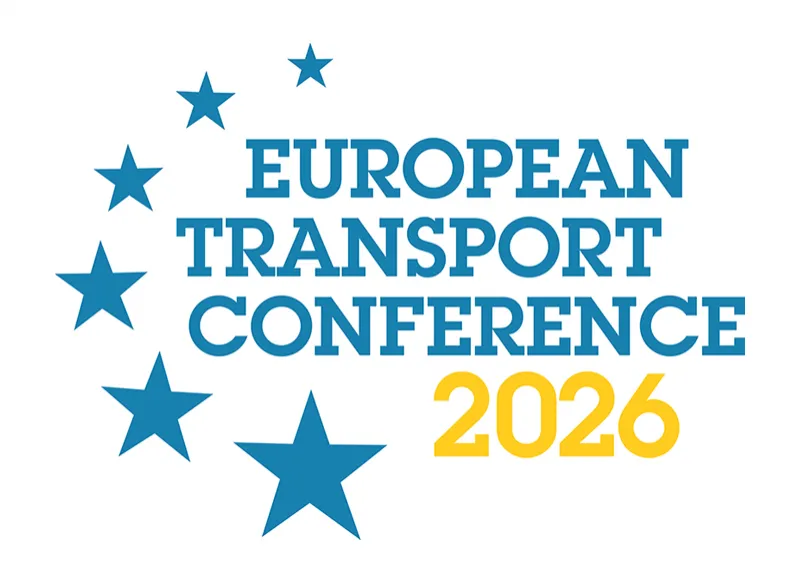-
Past ETC Papers

Browse, search and view papers from the past AET Conferences.
-
Members' Area

AET promotes networking and exchange of ideas, information and opportunities amongst members.
Conference Papers 2018
Dublin, Ireland
ETC Conference Papers 2018
Benchmarking public transport level of service with open data
Seminar
Day 1 (10 Oct 2018), Session 3, Data, 16:45 - 18:15
Status
Accepted, documents submitted
Submitted by / Abstract owner
Tuomas Palonen
Authors
Tuomas Palonen
Short abstract
A novel method to quickly measure, benchmark and find gaps in public transport level of service both visually and numerically using open data.
Abstract
Ongoing urbanization, along with the climate change is one of the most prevalent megatrends of the 21st century. One cornerstone of an effectively, economically and ecologically functioning city is well-organized and wisely planned transport system. Robotization and digitalization might provide new and exciting solutions for transportation, but physical restrictions still apply. With enough demand, moving people with buses and rail vehicles is more effective than relying just on private motorized transport. Cities (or regional governments) need to make sure that public transport is a viable option for as many citizens as possible.
Public transport availability and its other features are typically defined in the level of service. Definition of level of service varies and it is usually not straightforward to measure it, let alone compare between cities. In this presentation, a novel method of quickly the measuring level of service and comparing it between cities based on open data is suggested.
In this method, it is assumed that the most important factors in level of service are frequency and span, along with a short (walking) distance to nearest public transport stop.
This method requires three types of open data: Public transport timetable data (GTFS), land use data (CORINE Land Cover) and population data (GEOSTAT population data).
First, we assume a maximum desirable walking distance to a public transport stop. In this case, the maximum distance was 300 meters (as the crow flies), so each stop will have a buffer with 300-meter radius.
Typically, population data is either zone or grid based. Usually the zones are noticeably larger than a circle with 300-meter radius, so the population is assigned homogeneously from the zones or grid to land use zones representing built-up areas. The land use zones are typically more detailed and fine-grained than the zones or grids.
Next, we need to define a headway-based classification for the public transport stops and their buffers. The more often there is a chance to board a vehicle, the higher the class. In this case, we define eight classes from frequency of (at least) 12 departures per hour per direction to less than one departure in two hours.
Finally, we overlay the classified stop buffers with the land use based population map and calculate the amount of people living within the coverage of different stop classes.
As a result, we can produce color-coded maps to visualize where the public transport level of service (frequency) is the highest and where there are possible gaps. In addition, table data can be derived for producing charts that show the availability of public transport by frequency to the city population.
With the formed data, it is straightforward to benchmark public transport in different cities. The level of service and availability of public transport in a certain city can be seen at a glance visually and by numbers. Depending on the available base data, the analysis can be drilled down further to reveal temporal and spatial gaps during the day and operator-dependent gaps, especially in market-based cities (e.g. in UK). When the best-performing cities are known, their best practices can be adopted.
The data can be used to recognize the spatial gaps and headway gaps in public transport service. When the gaps are known, available public transport resources can be used effectively there where they are needed. Improving the level of service makes public transport a viable option for more citizens, thus partly responding to the modern challenges in urban transport.
Programme committee
Data
Topic
Mobility for Liveable Cities, including Urban Mobility, air quality, health and active travel
Documents:

Association For
European Transport
Forester House
Doctors Lane
Henley-in-Arden
Warwickshire, UK
B95 5AW
+44 (0) 15 64 793552
VAT number: 710 1866 64
Conference Supporters & Endorsers




Legal Entity
The Association for European Transport is registered as an Association ('vereniging') with the Chamber of Commerce for Haaglanden in The Netherlands under company number 27170096.
Built on Zenario




